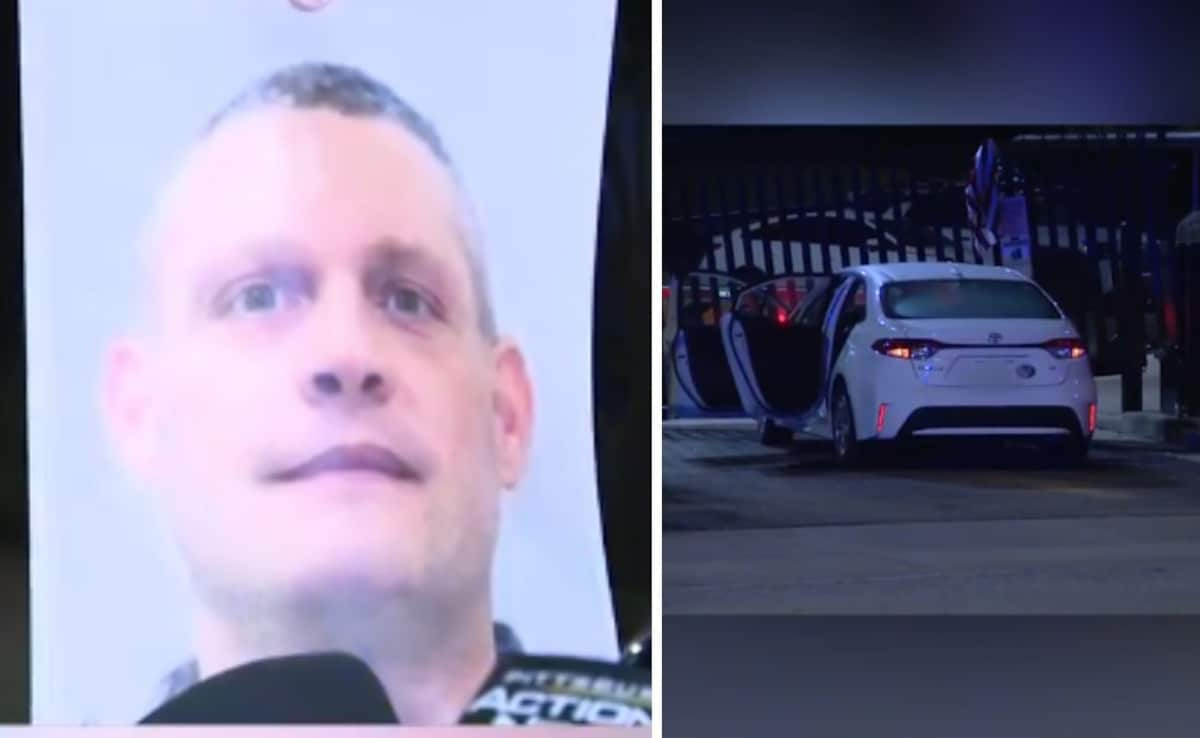City Hall maintains that the hashtag is a political smear campaign against left-wing mayor and 2022 presidential candidate Anne Hidalgo. But it appears to have struck a chord. On Tuesday, city officials unveiled the first chapter of a âmanifesto for beauty,â a conceptual framework they said would underpin all their efforts to âbuild the Paris of tomorrow, with and for all Parisians.â
âWe are all very attached to the beauty of Paris,â Emmanuel Grégoire, first deputy mayor, said in a video introducing the manifesto. âBut Paris is facing a major transformational challenge: We must adapt the city to climate change, and we must reconcile the challenges of climate change with the conservation of our heritage.â
The manifesto for beauty is the result of a consultation process launched in November 2020 to develop plans to update the designs of public spaces in Paris in ways that are good for the environment and preserve the cityâs character.
Under this first set of measures, officials have pledged to remove ugly or useless street furniture, to replace bright-yellow temporary markings for new bicycle lanes with more discreet and permanent ones, to both clean up graffiti and crack down on taggers and to replace lamp posts that have broken down or corroded over time.
The new measures come as Paris prepares to host the Summer Olympics in 2024.
#SaccageParis was started by the anonymous Twitter account âPanamepropre,â slang for âClean Paris,â in March 2021, according to French news outlets. It went viral in the context of an upcoming presidential election in which the Paris mayor, one of several left-wing candidates, has touted the benefits of her environmental policies â which have earned her both praise and hate from constituents in her nearly eight years in City Hall. The Washington Post has messaged the Twitter account requesting a comment.
#SaccageParis is now a movement organized around concrete demands, posted on its website, that include giving more resources to law enforcement to tackle crime and insecurity and hiring more gardeners and landscapers to plant flowers in public spaces. But itâs also become an outlet for Parisians to complain about the everyday nuisances and eyesores they encounter in their city on social media.
Some fall under the responsibility of City Hall. For example, after social media users complained last year that new public stools in the shape of mushrooms and benches that looked like stacked wooden logs were an eyesore, the city pledged to remove them. But some of the other criticism touches on long-standing issues, from noise to homelessness, and individual behavior, like vandalism and pet owners leaving excrement on sidewalks.
âWe never denied that there were things that could be perfected or improved,â Deputy Mayor Grégoire said last year, in response to a journalist who asked him about the impact of #SaccageParis on City Hallâs urban design decisions. On Tuesday, he said the manifesto for beauty had nothing to do with #SaccageParis but accepted that the campaign has been âusefulâ in that it has âforced us to question ourselves and react.â
The city has also used social media to respond to the photos of dirty, dilapidated Paris. In one tweet featuring photos with more flattering views of the City of Lights, it said, âParis is also this.â
Read more:
.png)











 English (United States) ·
English (United States) ·  Turkish (Turkey) ·
Turkish (Turkey) ·